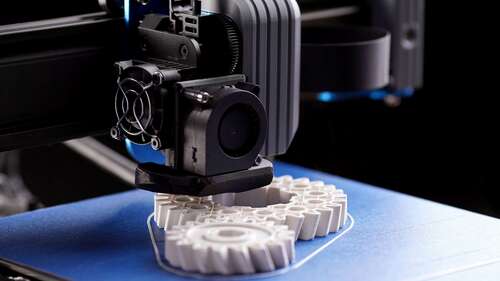
Tabletop gaming is a fun, if expensive, hobby. If you want to host an impressive “Dungeons & Dragons” campaign, you might need to buy a ton of miniatures, and in order to play “Warhammer 40K” competitively, you have to spend a few paycheck’s worth of cash on tiny plastic units. Or you can just print your own.
While STL files for action figures are easy to find, files for 3D printed miniatures are even more so. Numerous online stores and subscription services are devoted to selling 3D models compatible with plastic extruder and resin printers. Some have a style all their own, while others ape existing designs so they can fit in seamlessly with official collections.
Files for 3D-printed minis come in two forms: complete models and model parts. The former are usually ready right out of the printer, although any that are printed in resin need to be cured afterwards. Plus, depending on the figure’s complexity, you might need to glue some parts together or supply your own base. Printed parts, meanwhile, are designed for conversions and kitbashing (i.e., gluing and customizing parts from different kits together to create unique units). You need to purchase official model kits and glue the 3D pieces onto them. Regardless of what you print, once it’s finished, you can paint them as you see fit.
If you don’t like the mini designs for sale, you can always craft your own. Some online retailers let you customize a model, buy the STL file, and print it. These stores also ship customized minis to you if you don’t have a printer, and can convert your creations into formats compatible with tabletop game apps such as “Talespire” and “Harpy.” For a fee, of course.

